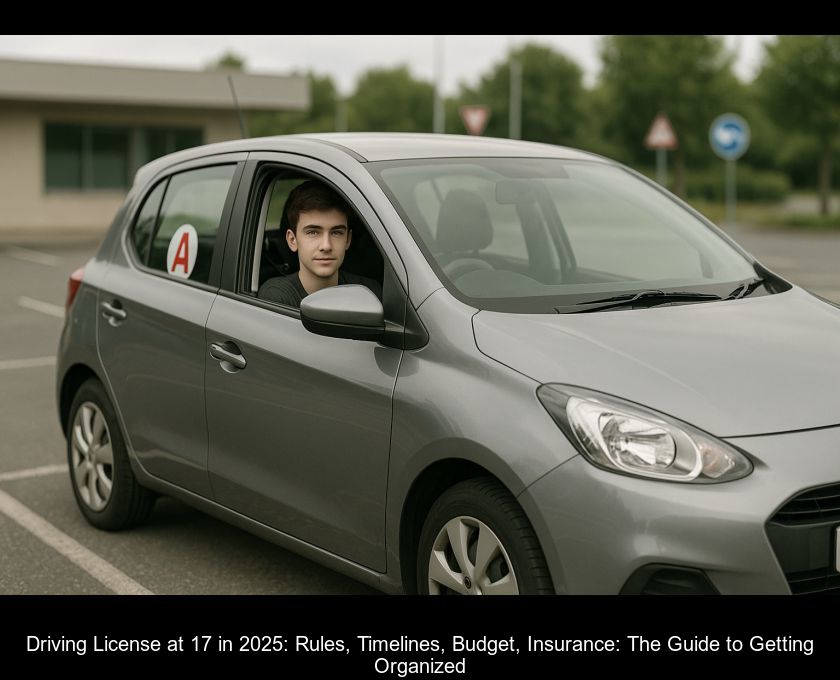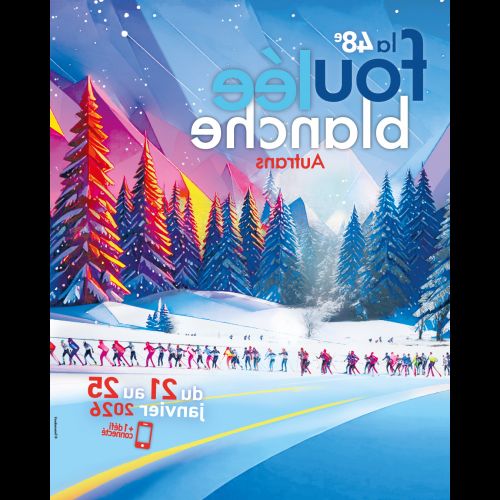Driving License At 17 In 2025: Rules, Timelines, Budget, Insurance: The Guide To Getting Organized
Since January 1, 2024, young people can obtain a Class B driver's license at the age of 17. A year later, it's time to get practical. This guide compiles the 2025 rules, actual timelines, costs, insurance, and a straightforward action plan to prepare for the Theory Test and the practical exam with ease.
Driving at 17: What the Law Says in 2025
The principle is now clear: at the age of 17, a candidate who passes the Theory and the practical test can drive alone. This "new driver" status comes with a provisional license with 6 points and specific speed restrictions on various types of roads. The probationary period lasts 3 years with traditional training, 2 years if one has followed the Accompanied Driving scheme (AAC). It can be reduced after a 7-hour post-license training course taken between the 6th and 12th month: -1 year in the traditional route, -6 months after AAC.
Note: before the age of 18, only early driving learning is possible. Supervised driving is reserved for those 18 and over.
Examination Deadlines: The On-the-Ground Reality in 2025
The measure has led to a massive influx of candidates. Persistent delays remain in several departments. Reinforcements of inspectors have been announced, but waiting times can reach about 6 months depending on the area, especially after a failure. This highlights the importance of a tight schedule from the moment of registration with ANTS, including promptly booking the ETG, followed by scheduling driving hours to avoid getting rusty.
Advice: aim for early morning or mid-week slots, which are more stable than late afternoons, and plan ahead for the school exam period.
Where and how to pass the driving theory test quickly
ETG can be reserved in just a few clicks with an authorized operator, at a regulated rate. To save time, use a registration platform that offers a variety of centers and schedules, then set up a study plan with thematic series and timed mock exams.
Good deal: if you are eligible for SNU, a Code session may be free at certain centers.
Reminder: first create or retrieve your NEPH via ANTS, which is essential for booking the exam.
Prepare for the driving theory test at home without losing effectiveness.
Success is based on consistency: 30 to 45 minutes a day is enough if the training is targeted. Work in thematic blocks (signs, intersections, priorities, distances, speed, alcohol, eco-mobility), and then proceed with "exam-like" series with a timer and detailed correction. Include 2 or 3 "city traps" sessions per week to train visual attention.
To centralize your revisions and validate what you've learned with series similar to the exam, you can incorporate a useful link to the online Code from the first third of your preparation, for example, the highway code with lePERMISLIBRE.
Driving: Organize Your Hours Without Wasting Time
The classic mistake is to spread one's hours over 3 months. However, motor learning consolidates better with closer blocks of time. Ideally, group the hours over 4 to 6 weeks with sessions of 1 to 1.5 hours, and recurring "red threads": hill starts, visual checks, roundabouts, merging onto fast lanes, parallel parking, and maneuvering.
**Progression Tip**: Alternate between "comfort zones" and "discomfort zones" to keep the learning active, and request two formative assessments, at one-third and two-thirds of the way through, to recalibrate the total volume of hours.
Submit an application as an independent candidate or through a driving school.
Both paths work. As an independent candidate, you manage the ANTS, the Code, and the booking yourself, then you take lessons with a qualified teacher. With a driving school, the package is more guided, sometimes a bit more expensive, but simpler for a minor who is starting out. Also compare online driving schools if you have budgetary or scheduling constraints.
Car Insurance at 17: Points to Watch Out For
A minor cannot contract on their own. The contract must be taken out by a legal representative or added as a secondary driver on the family policy. Insurers are free to set their own rates, but the law regulates the young driver surcharge, which is reduced in the case of graduated licensing.
Checklist for Insurance
- Obtain quotes before the practical test to avoid a delay after passing.
- Accurately declare the annual mileage and actual use.
- Check the glass breakage deductible and 0 km assistance, often helpful for beginners.
- Consider "telematics box" offers if there is a significant discount.
Budget 2025: What to Expect
The average cost of a driving license depends on the number of hours, the region, and the type of driving school. Expect a ballpark figure between 1,500 and 2,000 euros for a standard course. The theory test fee is 30 euros with authorized operators. Financial assistance is available depending on individual circumstances.
Good to know: The "France Travail" aid can cover part of the expenses for the category B license for job seekers, subject to conditions. Apprentices still have access to specific aids, and the "1 euro per day license" remains a financial lever for some families.
Long Delays, Long Lines: How to Reduce Waiting Time
Three concrete levers:
- **Geographic flexibility**: expanding your search radius increases the likelihood of finding a nearby slot
- **Smart timing**: aim for off-peak local periods, avoiding school holidays and month-ends
- **Well-prepared file**: NEPH, valid ID documents, proof of address, road safety education certificate if needed... have everything ready in advance
In parallel, ask the driving school if they have additional quotas, and stay available in case a spot opens up at the last minute.
Success Strategy: A 6-Week Plan
Week 1: ANTS registration, NEPH acquisition, level assessment, start of thematic Code series
Week 2: 6 to 8 Code series + 2 driving lessons focused on "controls + trajectories"
Week 3: Timed mock Code exams, 3 to 4 lessons in heavy traffic, roundabout practice
Week 4: Code test, 3 lessons on expressways, merging and safe following distances
Week 5: Maneuvers, parking, blind spots, night driving if possible
Week 6: "mirror week" for practical exam, with 2 formative assessments and review of weak points
Objective: Accelerating your journey is possible subject to local availability, your level, and meticulous planning.
Why AAC remains a good idea
Even though getting a license at 17 allows for independent driving earlier, the accompanied driving scheme still has two major benefits: a greater amount of experience before the test, and generally a lower insurance surcharge. For anxious individuals, the accompanied driving scheme also allows accumulating miles in real conditions, without the pressure of an examiner.
And what about road safety in all this?
The probationary status requires caution and gradual progress. The specific limitations, strict management of alcohol and digital distractions, and post-license training between the 6th and 12th month serve as tangible safeguards. The goal is not just to obtain the driver's license, but to **establish safe habits** during the first year.
N.B. (Nota Bene)
NEPH: The standardized prefectural registration number used to book exams and track the application, which can be requested through the ANTS.
Probationary License: Starts with 6 points, lasts for 3 years in the traditional system, 2 years after completing the AAC, with a possible reduction through a post-license training course of 7 hours, resulting in -1 year in the traditional system, -6 months after AAC.
Supervised Driving: Available from the age of 18, useful for gaining experience when AAC has not been chosen.
Conclusion
The introduction of the driver's license at 17 has been a game changer, but success largely depends on organization. A tight schedule, structured training for the driving theory test, closely spaced driving lessons, and early insurance arrangement make all the difference.
By 2025, time can be saved by treating the driver's license as a project with a reverse schedule, clear milestones... and a bit of discipline.







